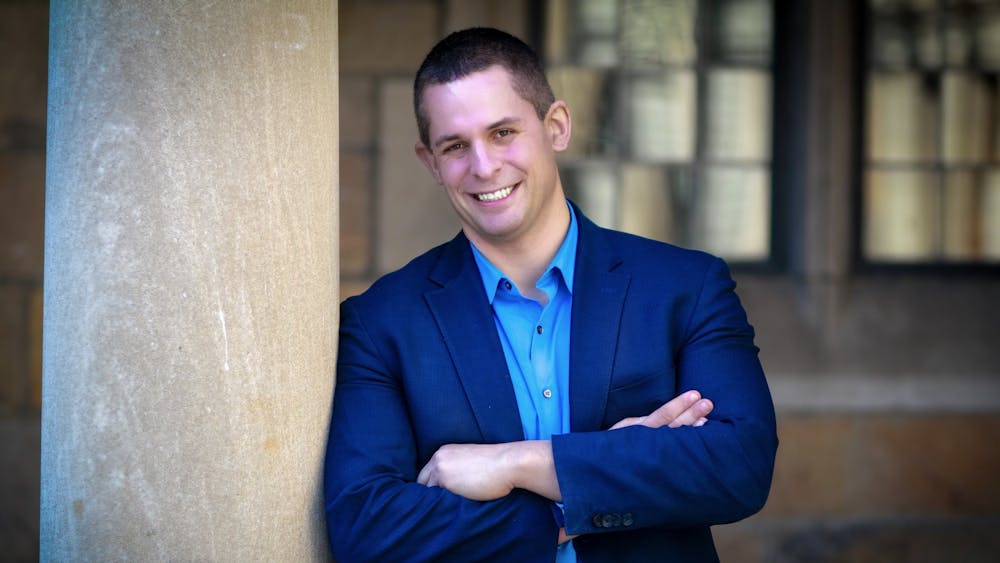Janis Bobrin is a longtime Washtenaw County parks commissioner, a former Washtenaw County water resources commissioner and president of the Michigan League of Conservation Voters’ board.
Sometimes I'll shake off the fog of sleep by taking the quick trip to Parker Mill County Park in Ann Arbor Township. I run under rays of sunlight fractured by a centuries old forest, across wetland boardwalks and past young families, people fishing and a 19th century mill. What has both warmed and surprised me these fall mornings are the ever-growing numbers of park visitors.
I have served on Washtenaw County’s parks commission for 31 years. I was the Washtenaw County Water Resources Commissioner for 24. I helped parks and trails come to be, then blossom. But I have never seen so many people use them in a season. The same scenario is playing out across Michigan’s other counties. Natural places offer relaxation, recreation, socialization and wonder, and these offerings have become essential during a pandemic.
For the last 44 years, many parks, trails and waterfront recreation spots were made possible by engaged community members, conservation organizations and the Michigan Natural Resources Trust Fund. On Nov. 3, we can continue a decades-long tradition of investing in conservation and recreation while simultaneously making our natural areas accessible to all Michiganders and visitors.
We can do this by voting ‘Yes’ on Proposal 1.
Proposal 1 protects our land and water. It connects people and places to nature and one another. It makes nature, recreation and relaxation accessible to those long denied of it — urban, low-income and disabled residents. And in a time of focus on racial justice, Proposal 1 provides a chance to make recreation opportunities more accessible to communities of color.
With its focus on conservation, connectivity, equity and accessibility, we will all become better protectors of Michigan’s lands and waters.
How? Proposal 1 ensures that as long as oil and gas continue to be extracted from our lands, the resulting royalties — not our tax dollars — will fund conservation by lifting the Trust Fund’s existing cap. It gives all community leaders a fair shake at securing the Trust Fund’s millions of yearly grant dollars for projects they know their communities need. It prioritizes land acquisition along with rehabilitation and restoration of existing recreation and natural resources. What might Proposal 1’s effect look like? Take a look at some of the parks and trails I've worked closely on.
Parker Mill, a stunning 27 acres of natural land and water on the outskirts of Ann Arbor. The Trust Fund supplied $250,000 for acquisition. Rolling Hills County Park in Ypsilanti Township. It has received $471,000 from the Trust Fund to create a universally accessible playground, picnic pavilion, tree house and fishing pier. Those amenities provide a protected, natural area close to an urban center, free of accessibility concerns.
Rutherford Pool in Ypsilanti proper. The Trust Fund invested $300,000 to renovate a historical community asset, reviving a beloved outdoor space right in the heart of the city. The Border 2 Border Trail, which connects people and communities across Washtenaw County. Hundreds of thousands of dollars from the Trust Fund were used to acquire lands for trails and to create natural habitat in land around them.
All along the trail (wide enough for wheelchair users) are native landscapes, including pollinator habitats, courtesy of the Trust Fund and passionate volunteers. The trail also connects people to schools, colleges, healthcare facilities, downtown businesses and libraries. Municipalities along its path have created trails of their own to connect people from outlying areas to the hub.
Projects like these — of rehabilitation, restoration and equity — would be made more common with Proposal 1. The initiative ensures everyone, not just the privileged, can enjoy the nature that has become so necessary for health, wellbeing and wonder this tumultuous year.










